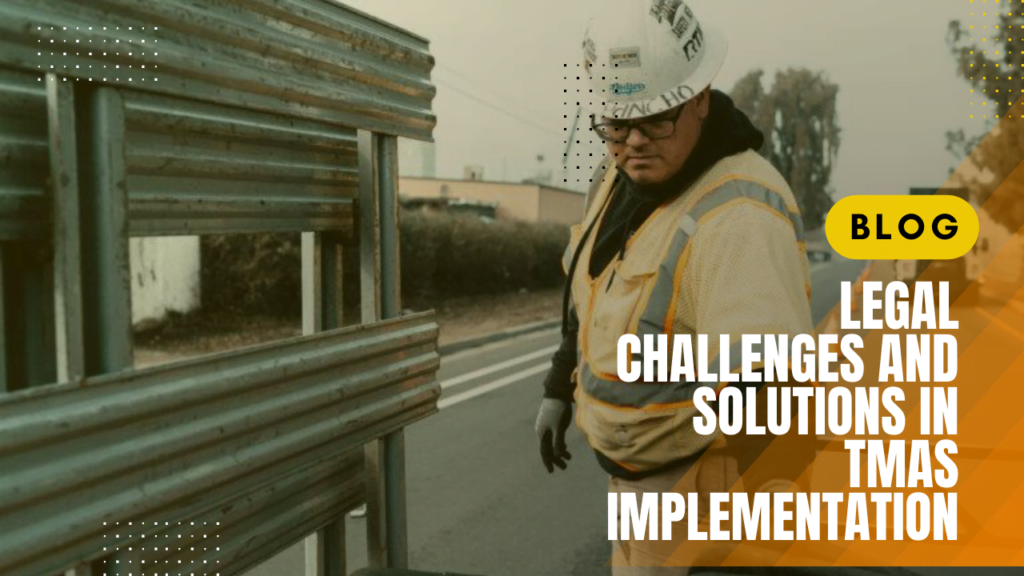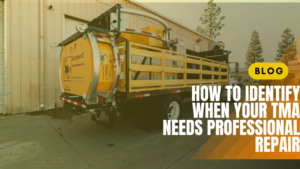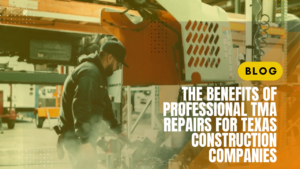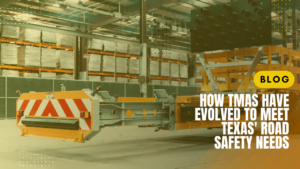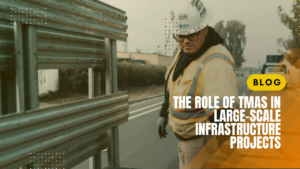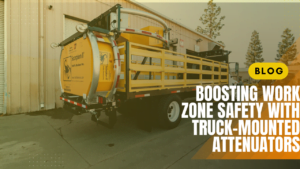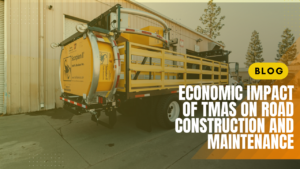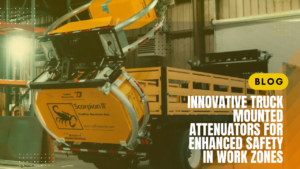In the realm of work zone safety, Truck Mounted Attenuators (TMAs) play a pivotal role in protecting lives by absorbing the impact of errant vehicles, thus preventing them from penetrating into areas where workers are present. However, the implementation of these crucial safety devices often involves navigating a complex landscape of legal requirements and challenges. Understanding these challenges and exploring practical solutions is key to ensuring that TMAs effectively contribute to work zone safety without legal hurdles.
Legal Challenges in TMA Implementation
1. Compliance with Varying State Regulations:
One of the major challenges in deploying TMAs is the variation in regulations from state to state. Each state may have its own set of guidelines regarding TMA specifications, deployment methods, and maintenance protocols, making it difficult for contractors to standardize their equipment and training processes across different projects.
2. Adherence to Safety Standards:
Furthermore, TMAs must meet specific safety standards, such as those outlined by the Manual for Assessing Safety Hardware (MASH). Ensuring that each TMA model complies with the latest safety standards can be a daunting task, particularly as these regulations are subject to change.
3. Certification and Training of Operators:
Additionally, operators of TMAs need to be properly trained and certified, but the requirements for certification can vary. This can lead to a lack of uniformity in training quality and confusion over what constitutes sufficient training, potentially leading to legal liabilities in the event of an accident.
4. Product Liability:
Moreover, manufacturers and suppliers of TMAs face the risk of product liability claims if an attenuator fails to perform as expected during a crash. Ensuring that TMAs are not only compliant but also consistently perform to set standards is crucial to mitigating this risk.
Solutions to Overcome Legal Challenges
1. Staying Informed on Regulatory Changes:
Keeping up-to-date with changes in state and federal regulations is crucial. Companies can consider subscribing to legal updates or participating in industry associations that provide resources and advocacy for work zone safety regulations.
2. Implementing Rigorous Compliance Checks:
To further ensure compliance, establish a regular schedule for compliance audits and equipment checks to ensure all TMAs meet current legal standards. Utilize services from certified professionals who specialize in safety compliance to conduct these audits.
3. Standardizing Training Programs:
To address training inconsistencies, develop a standardized training program that meets the highest certification requirements across all states. This approach not only simplifies the training process but also ensures that all operators handle TMAs safely and effectively, minimizing the risk of legal issues from improper use.
4. Engaging in Product Development and Testing:
Manufacturers should also invest in continuous product development and rigorous testing to ensure their TMAs meet or exceed safety standards. Participation in standard-setting committees can also provide insights into future regulatory changes and influence the development of industry standards.
5. Legal Risk Management:
Finally, implement a comprehensive legal risk management strategy that includes regular reviews of insurance coverage, liability waivers, and indemnity clauses in contracts. Such measures can protect against potential claims and ensure financial stability.
Conclusion
The implementation of Truck Mounted Attenuators involves careful consideration of legal aspects to ensure compliance and maximize safety. By addressing the challenges through informed practices, rigorous compliance, and effective training, the industry can not only meet legal requirements but also save lives in work zones. For companies like Western Highways, which prioritize safety and compliance, staying ahead of these challenges is not just about legal conformity but about leading the industry towards safer roads for everyone.

